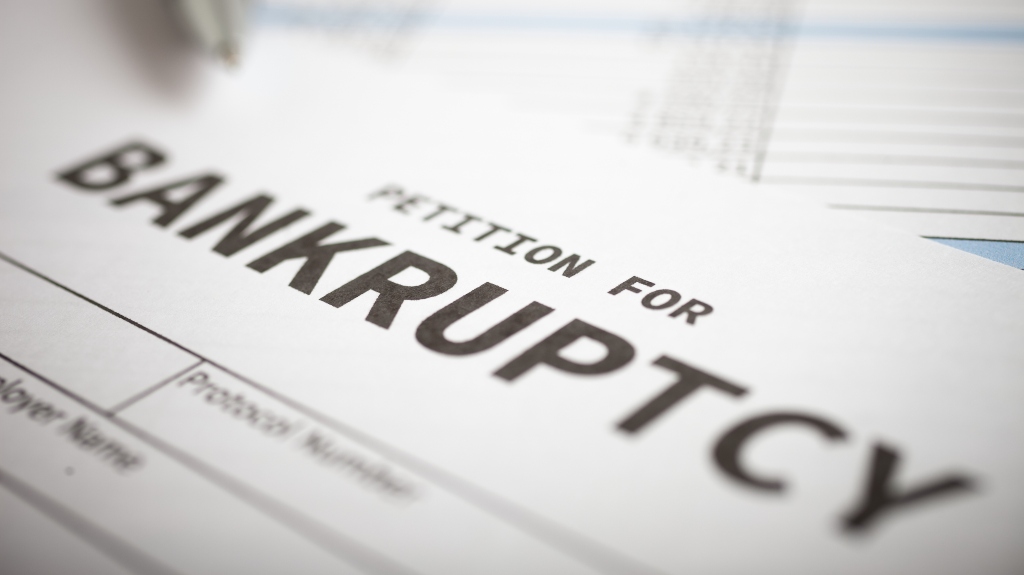
When individuals or businesses cannot pay their debts, filing for bankruptcy can help them resolve their financial issues. The primary goal of this legal process is to offer a fresh start to those in need. The two most common filing options are Chapter 7 and Chapter 13 bankruptcy. Understanding their similarities and differences is crucial, especially if you are in financial trouble. Here is what you should know about these options.
Chapter 7 Bankruptcy
This type of bankruptcy is known as “liquidation bankruptcy” and is a common option for individuals, partnerships, and corporations. With Chapter 7 bankruptcy, a trustee is appointed to liquidate the debtor’s non-exempt assets to pay off creditors. After that, any remaining debts are discharged.
One eligibility requirement includes passing a means test to determine if the individual’s income is below a certain level. If the income is above the specified level, the individual may not be eligible for Chapter 7 bankruptcy.
The Chapter 7 bankruptcy process involves:
- Filing a petition with the bankruptcy court
- Attending a meeting of creditors
- Completing a debtor education course
Once the trustee liquidates the debtor’s assets, the debts are discharged, completing the process.
Chapter 13 Bankruptcy
This bankruptcy is also known as “reorganization bankruptcy.” Individuals, sole proprietorships, and other wage earners are eligible to apply for it. With Chapter 13 bankruptcy, the debtor can keep their assets while repaying them through a court-approved repayment plan.
Like Chapter 7, there are a few eligibility requirements to file. They include:
- Having a steady income with the amount of debt not exceeding a specific limit
- Completing a credit counseling course before filing for Chapter 13 bankruptcy
Along with that, the filing process involves the following:
- Filing a petition with the bankruptcy court
- Meeting with creditors
- Proposing a repayment plan
After the court approves the repayment plan, the debtor must make payments over three to five years.
How to Choose Between Chapter 7 and Chapter 13
Consider your options carefully when weighing your options between Chapter 7 and Chapter 13 bankruptcy. The amount of income, debt, and property all need to be evaluated at this time. Also, it is crucial to think about your long-term financial goals as well.
If you have unsecured debts and minimal income or assets, Chapter 7 bankruptcy is usually the recommended option. On the other hand, if you have a stable income and assets you wish to safeguard, Chapter 13 bankruptcy may be the better choice.
Bankruptcies can remain on your credit report and affect your ability to secure loans or other forms of credit in the future. Before filing for bankruptcy, discuss your options with a qualified attorney. These debt resolution options can have unintended consequences if you are not careful.
Get the Help You Need With Your Chapter 7 or Chapter 13 Bankruptcy in Ohio
When facing financial difficulties, you need to understand the different types of bankruptcy. If you are facing financial hardship and considering bankruptcy, the experienced and client-focused team at Axelrod Law Office in Lake County, OH, can help you understand your options. We help with both Chapter 7 and Chapter 13 bankruptcy, which provide you with different options for debt relief and asset protection.
To learn more about how we can help you achieve financial stability and protect your assets, please call our office at (440) 271-8126 or submit a contact form to schedule a free, confidential legal consultation.